Redmi Note 10 5G Review — Who Says 5G Phones Need To Be Expensive?
-
Appearance - 7.9/10
7.9/10
-
Efficiency - 7.2/10
7.2/10
-
Features - 6.9/10
6.9/10
-
Materials - 8/10
8/10
-
Performance - 7/10
7/10
-
Portability - 8.3/10
8.3/10
-
User Experience - 7/10
7/10
-
Value - 7/10
7/10
Summary
The Redmi Note 10 5G is an average device but it’s definitely an option if you’re looking for the most affordable 5G smartphone in the Malaysian market right now.
Overall
7.4/10Pros
+ Price tag makes it the cheapest 5G smartphone so far
+ Decent back design despite plastic
+ Majority of the benchmarks are better than the original device
Cons
– Lacks an ultra-wide camera
– Screen isn’t the brightest
– Battery life could do better
– Single speaker isn’t loud enough
While we’ve previously reviewed the Redmi Note 10, Xiaomi Malaysia has given us the opportunity to test out the 5G variant of the device. Find out if the Redmi Note 10 5G is a worthy choice in this review.
Unboxing
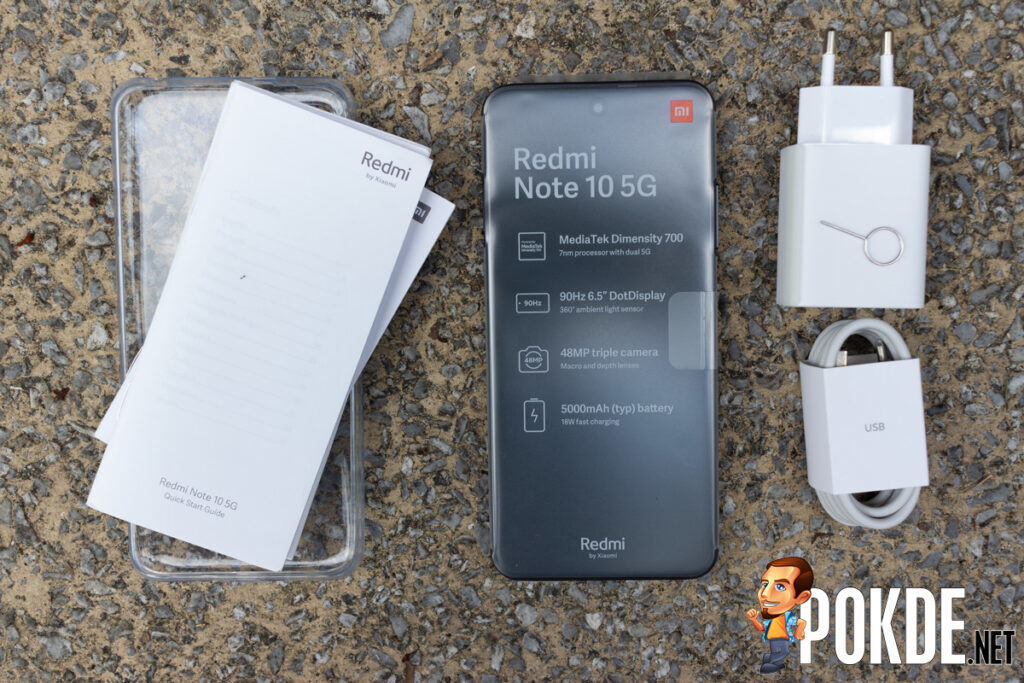
Out of the box, you can expect the following items to be included:
- Redmi Note 10 5G
- Soft case
- Documentation
- SIM ejector
- Charging brick
- USB-C cable
Appearance
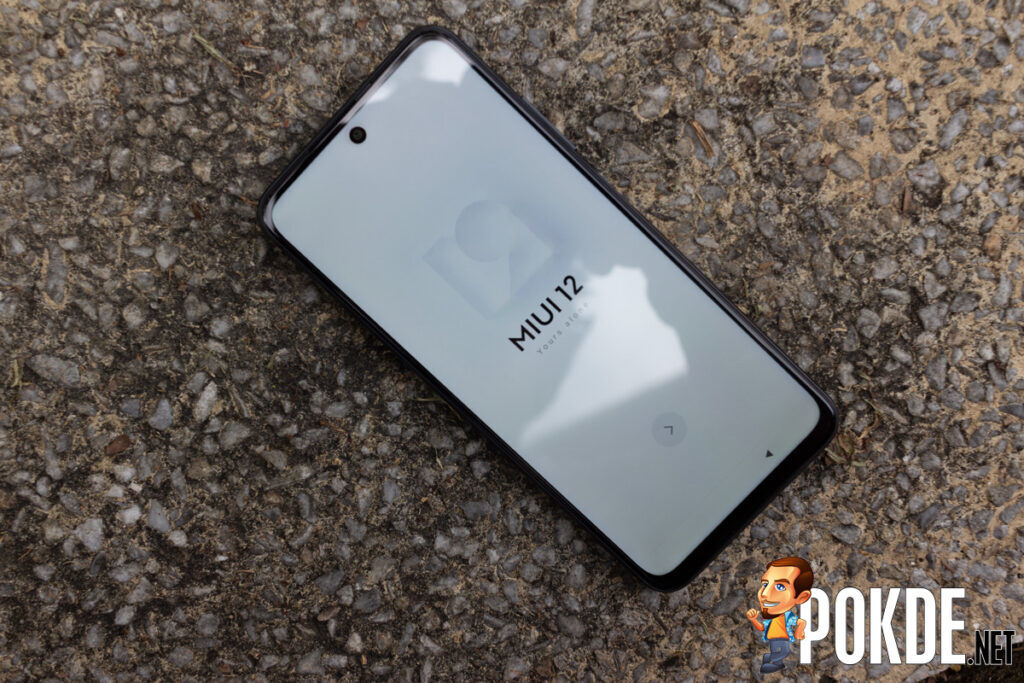
On the front, the Redmi Note 10 5G features a 6.5-inch IPS LCD display. As you can see here, it has a DotDrop selfie camera. The bezels around the sides are visible but still within acceptable levels.

On the right, we see the usual volume rockers accompanied by the power button, which also doubles as the smartphone’s fingerprint scanner.

As for the left side, you’ll find the SIM tray.

Moving over to the bottom of the smartphone, we can see that Xiaomi has opted to keep it simple here as you will only find the microphone, USB-C port, and speaker.
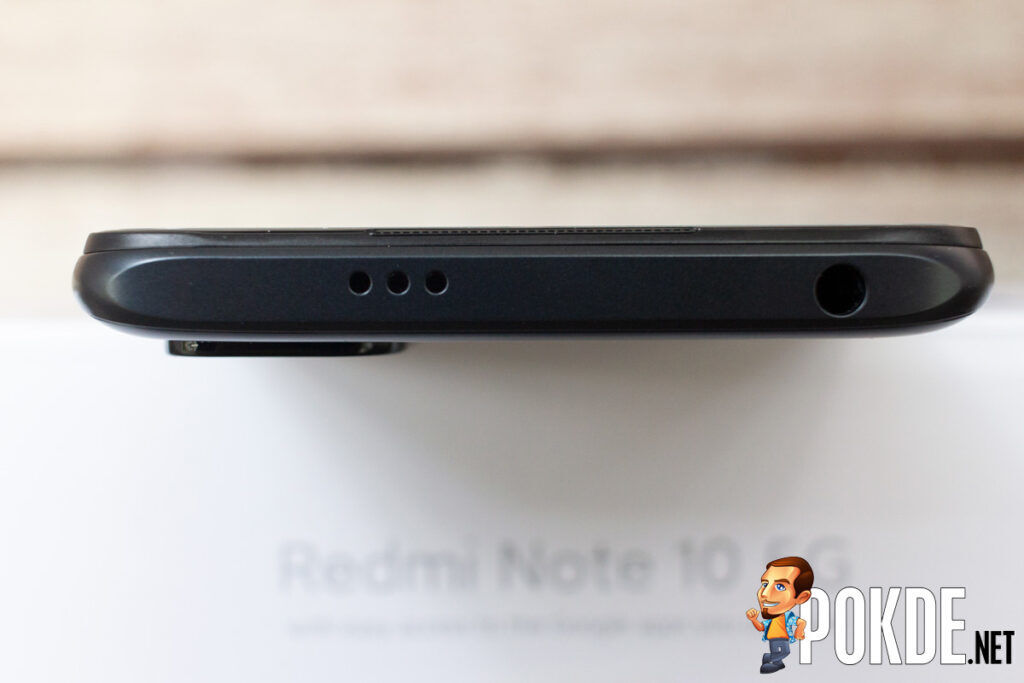
At the top, there’s a 3.5mm headphone jack that’s accompanied by its IR blaster, NFC, and secondary microphone.
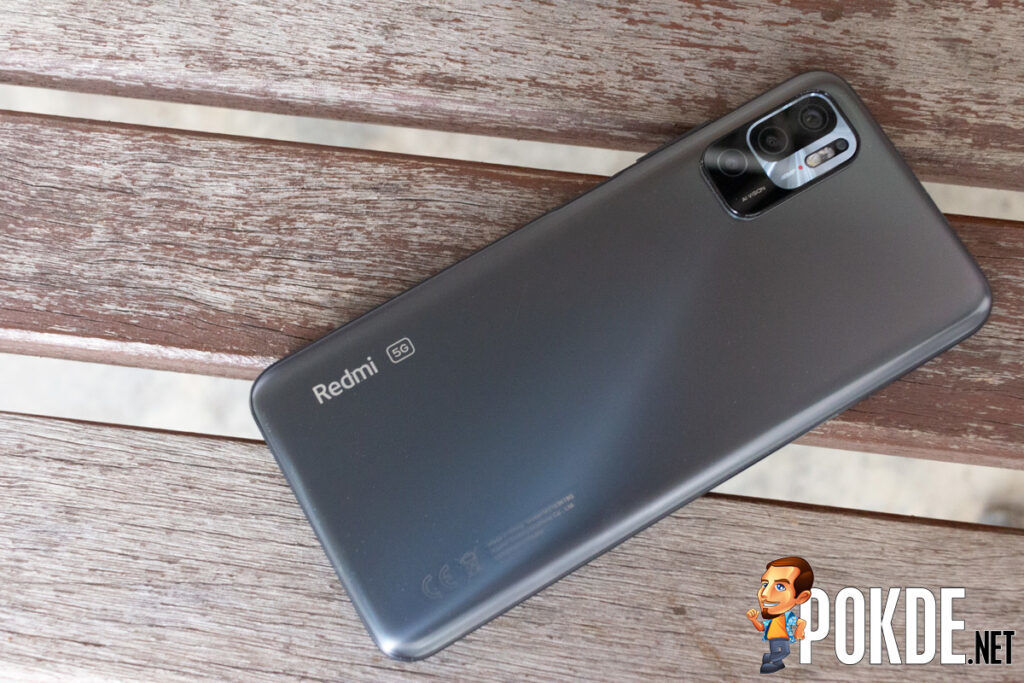
We’ve got our hands on the Graphite Gray variant of the device and as you can see here, the Redmi branding is positioned alongside ‘5G’ on the bottom left. The camera setup (at least in shape) is similar to the standard Redmi Note 10.
Redmi Note 10 5G Specifications
| CPU | MediaTek Dimensity 700 5G Octa-core (2 x 2.2GHz & 6 x 2.0GHz Cortex-A55) 7nm |
| GPU | Mali-G57 MC2 |
| Memory | 4GB LPDDR4X (Review unit) 8GB LPDDR4X (Malaysian retail unit) |
| Storage | 128GB UFS 2.2 |
| Display | 6.5″ IPS LCD (2400×1080), 90Hz refresh rate |
| Camera | 48MP f/1.8 PDAF 2MP f/2.4 macro 2MP f/2.4 depth HDR, AI, Panorama, Portrait 4K/30fps, 1080p/120fps |
| Selfie camera | 8MP F/2.0 Portrait mode, HDR, AI camera |
| Connectivity | 5G Band n1/n3/n7/n8/n20/n28/n38/n40/n41/n66/n77/n78 LTE Band 1/2/3/4/5/7/8/12/17/20/28/32/38/40/41/66 Wi-Fi 802.11 a/b/g/n/ac (2.4GHz & 5GHz) Bluetooth 5.1 USB Type-C 2.0 |
| Battery | 5000mAh 18W fast charging |
| Dimensions | 161.8 x 75.3 x 8.9mm |
| Weight | 190g |
| Ingress protection | N/A |
Performance
Before we start with the benchmarks, we would like to state that the device wasn’t able to run our usual tests on 3DMark. Unfortunately, this has been the case for recent Xiaomi smartphones that I’ve reviewed. Hopefully they’ll do something about it and when they become available, we’ll update the review accordingly. To add to that, the device that we have is the 4GB RAM variant, which won’t be coming to the country. Retails units for the Malaysian market will be packing 8GB instead.
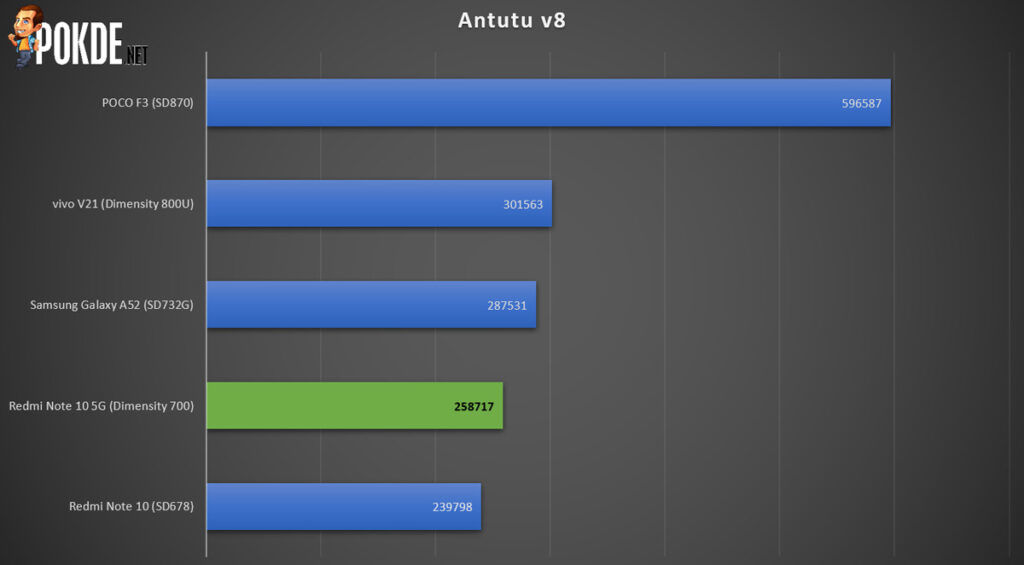
In Antutu V8, we find that the Redmi Note 5G scores higher than the standard variant’s score. Not by much, but it’s still higher nonetheless.

We see a similar case here on Geekbench 5, where both single-core and multi-core test results are slightly higher than the non-5G variant. It’s worth noting that it managed to score higher than the Snapdragon 732G-powered Galaxy A52 in this benchmark.
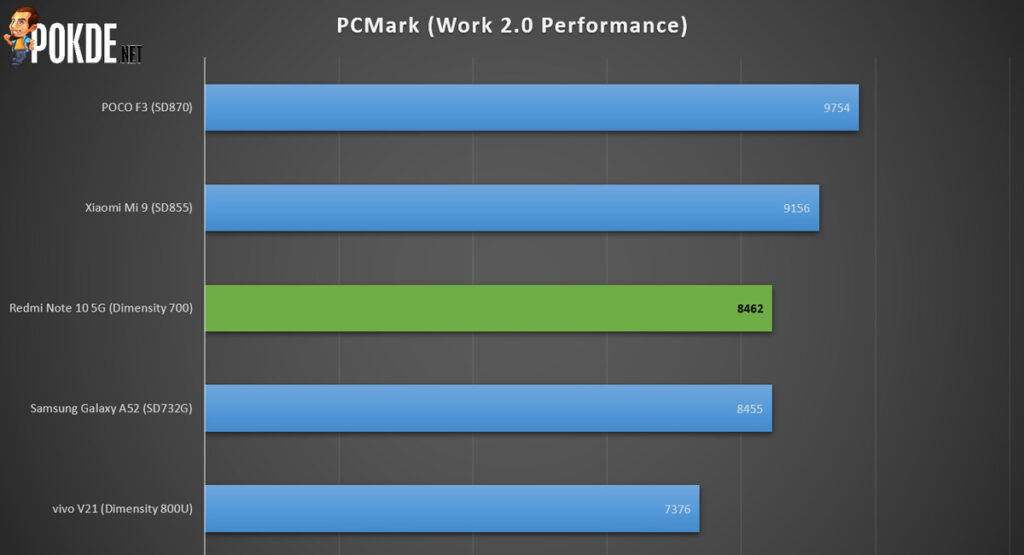
Over at PCMark’s Work 2.0 benchmark, we see that the Redmi Note 10 5G obtains a rather decent score compared to several of the recent mid-range smartphones that we’ve tested.

Where the Redmi Note 10 5G falters from the tests is the battery performance. It’s likely that the Dimensity 700 chipset used in the device draws quite a bit of power despite packing an above average battery capacity at 5000mAh. As we can see from the charts, it’s beaten by smartphones that comes with smaller batteries, even when using similar refresh rates.
In real-life usage, I find that it show similar results from the benchmark. After a full day of using the device with my usual usage routine, I’d be left with around 55%-60%.
If you’re wondering on how fast the 18W charger juices up the phone, the Note 10 5G was able to get from 27% to 58% in a matter of 30 minutes. That’s not the fastest of charging speeds that we’ve seen, but the device does pack a hefty 5000mAh capacity.
User Experience
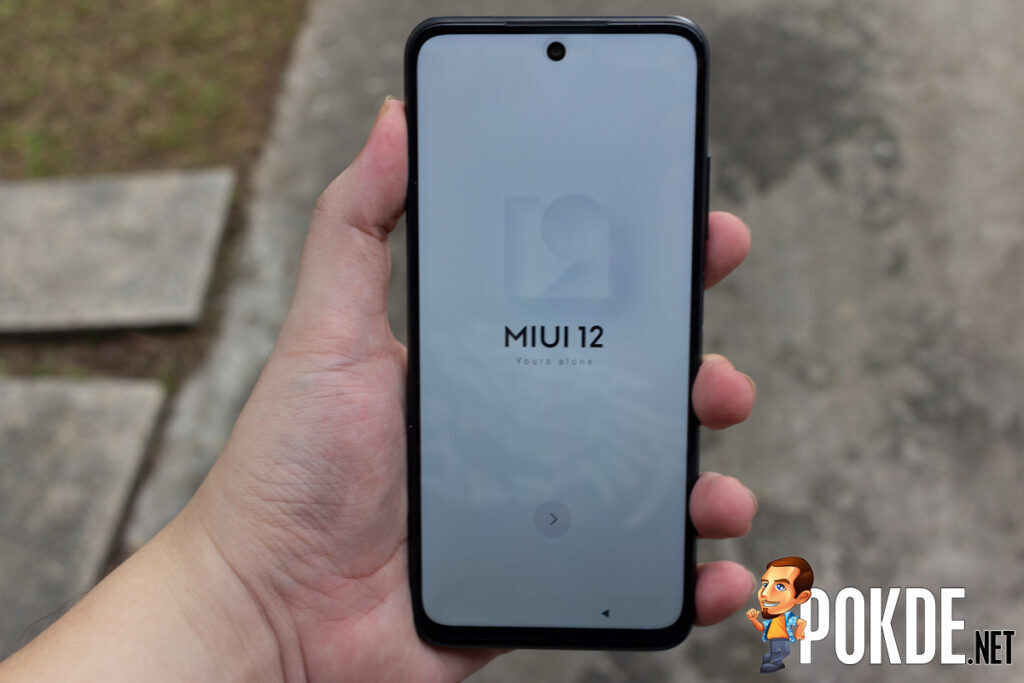
The Redmi Note 10 5G’s feel is similar to the non-5G variant; it doesn’t feel like a mid-range device when you hold it. Though the back is plastic, they’ve designed it nicely so that you won’t get too much stains or fingerprints there.
One of the things that I’m not satisfied with this smartphone is its display due to the loss of AMOLED display that was offered in the original Redmi Note 10. While I think IPS LCD is still okay, I find that the panel on the device is not bright enough. Adding to that, it’s a bummer that they only offered a single speaker. Stereo speakers would be better as the one here is not loud enough, at least for me to enjoy watching videos.

This smartphone runs on MIUI 12, and if you’ve used their Android skin before, it looks and functions similarly. I have said before that it is quite resource-intensive where I feel that the minimum RAM required to run smoothly would be at least 6GB and it’s the same case here with the Redmi Note 10 5G review unit that we’re using. It’s simply not enough and you can feel / see the sluggishness. Don’t get me wrong, MIUI is still one of my favorite skins out there and with the retail unit coming with a bigger 8GB RAM, hopefully that’ll change the experience for the better.
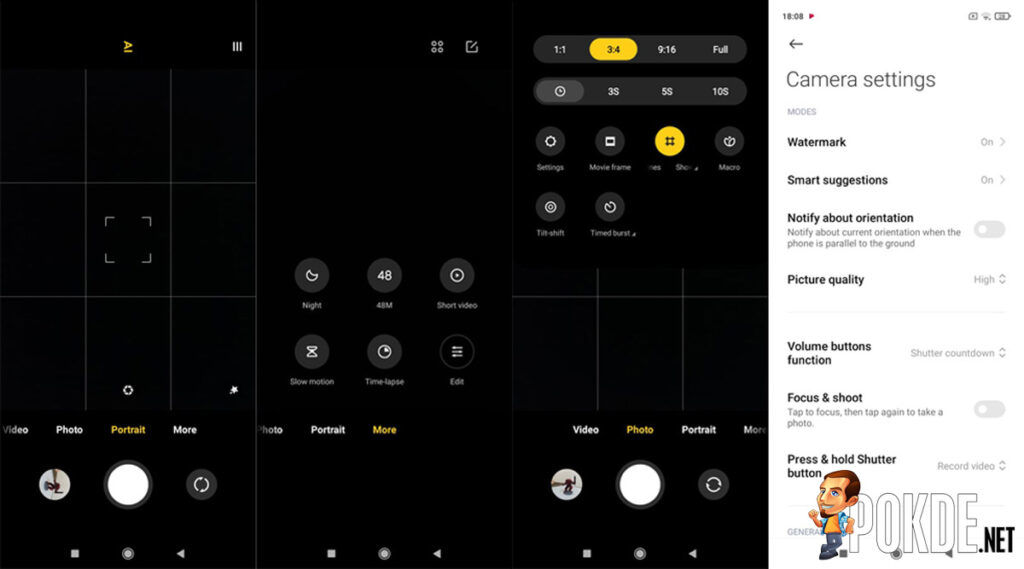
The camera’s UI is the same as seen with previous Xiaomi devices. There are several things missing however. As the smartphone doesn’t offer an ultra-wide lens, options may feel limited. Adding to that, the smartphone lacks a Pro mode, in case you like to tweak settings on your own. Occasionally. there is a delay when taking shots but thankfully it’s not frequent. This could be due to the lesser RAM inside our review unit.
Camera results are average and for its price, it’s pretty much what I expected it to be. The smartphone offers 10x digital zoom where, as you can see, gets pretty blurry. You’d definitely need steady hands or a stand to get acceptable results.
The Night Mode makes shots in low-light clearer but at the cost of color saturation. Regular shots are still decent enough for your normal social media uploads but I’m not particularly impressed with the Macro lens. Taking shots with the mode makes them seem overexposed.
I will say however that I was impressed with the selfie camera, as I can see the details of facial hair and imperfections clearly.
You can check out the full-sized images right here.
Conclusion

It’s kind of unfair for us to judge the retail unit for the Malaysian market which comes with a bigger 8GB RAM as the one we had is not the smoothest that we’ve reviewed. MIUI has been heavy in recent times but we do expect the retail version will offer a better experience.
Putting that aside, I would recommend you to get the standard Redmi Note 10 instead. The attraction of having an AMOLED display plus an ultra-wide camera is just too… attractive. That being said, if you are looking for a 5G-capable device, the Redmi Note 10 5G is the cheapest that you can get in the market right now at just RM799.
We would like to thank Xiaomi Malaysia for providing the Redmi Note 10 5G that was used in this review.






































